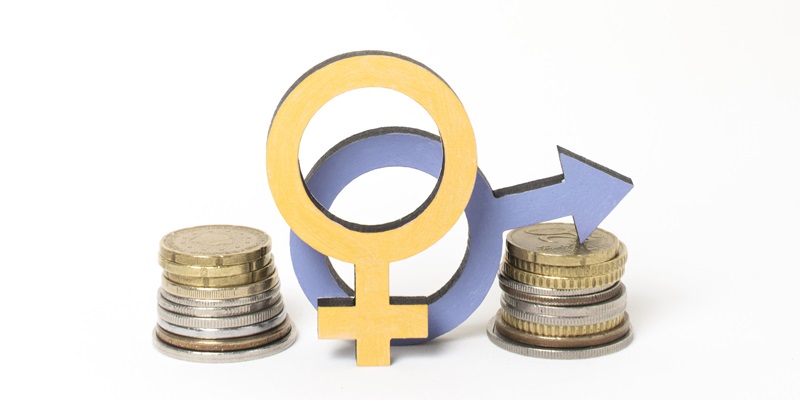In a significant move towards promoting gender equality in the workplace, the Australian government has introduced legislation requiring the publication of gender pay gap data. The legislation, aimed at fostering transparency and accountability, sends a clear message that gender equality is not just a “nice to have” but a top priority. Mary Wooldridge, CEO of the Workplace Gender Equality Agency (WGEA), highlighted the government’s commitment to closing the gender pay gap during an interview with the Sydney Morning Herald.
WGEA CEO emphasizes government priority
Mary Wooldridge emphasized the government’s dedication to achieving gender equality, stating that the legislation demonstrates a clear priority. This move signifies that gender equality is not merely an afterthought but an essential aspect of building fair and inclusive workplaces.
Transparency and accountability through legislation
The legislation focuses on promoting transparency and accountability in company performance regarding gender pay gaps. By shining a light on businesses’ performance in this area, the legislation allows for an open dialogue and provides an opportunity for companies to articulate their efforts toward addressing the gender pay gap.
Gender pay gap data will be published
Starting next month, the Workplace Gender Equality Agency is set to publish gender pay gap data for businesses with over 100 employees. This disclosure of data will provide valuable insights into the extent of the gender pay gap across different industries and sectors in Australia. By making this information publicly available, companies will face increased scrutiny and accountability, while stakeholders and the public will have a better understanding of the current state of gender pay disparities.
Employer statements as part of the legislation
Alongside the publication of gender pay data, companies will also be required to publish an “employer statement.” This statement will serve as a platform for businesses to explain the factors driving the pay gap and outline their plans for addressing it. The inclusion of employer statements ensures that companies not only disclose the figures but also demonstrate a commitment to taking action to close the gender pay gap.
Year-on-year progress
Mary Wooldridge emphasized the importance of monitoring progress and tracking improvements over time. While the initial publication of data is significant, subsequent years’ reports will be crucial in assessing companies’ progress and holding them accountable for the outcomes they promised in their employer statements. By observing the difference between company claims and actual results, it becomes possible to drive meaningful change and ensure that efforts to address the gender pay gap are effective.
Optimism regarding the impact of the legislation
Mary Wooldridge expressed optimism about the legislation’s potential to make a significant impact on narrowing the gender pay gap. The publication of gender pay gap data serves as a catalyst for broader action by individual employers and across industries. Increased transparency and awareness can spur conversations and encourage companies to prioritize and take concrete steps towards achieving gender equality in the workplace.
Highlighting the significance of the gender pay gap publication
The upcoming publication of gender pay gap data next month underscores the importance of legislation in achieving equality across organizations in Australia. By shedding light on the current disparities, the data publication creates a sense of urgency and prompts businesses to recognize the need for change. It sparks conversations at both the company and industry levels and serves as a powerful tool for driving progress.
Publication of gender pay gap data for larger businesses
As part of the legislation, gender pay gap data for businesses with over 100 employees will be published. This approach ensures that the focus remains on companies with significant workforces and makes it possible to assess the gender pay gap across a representative sample of organizations. Transparency and accountability are key elements of achieving equality, and making this data available to the public is an important step towards fostering change.
Opportunity for companies to address the gender pay gap
The legislation provides a unique opportunity for companies to actively address the gender pay gap and take tangible action to narrow it. With the requirement to publish an employer statement, businesses are encouraged to assess the factors driving the pay gap within their organizations and develop strategies to address these issues. This proactive approach enables companies to not only acknowledge the problem but also work towards finding sustainable solutions.
The introduction of legislation mandating the publication of gender pay gap data in Australia marks a significant step towards achieving gender equality in the workplace. The transparent reporting of gender pay disparities helps create awareness, promotes accountability, and encourages action to address these imbalances. The publication of such data allows for more informed conversations, empowers stakeholders to hold companies accountable, and drives real progress. By engaging in this process, Australian organizations have the opportunity to actively work towards closing the gender pay gap, creating fairer workplaces for all employees. With ongoing monitoring of progress, it is hoped that this legislation will lead to concrete and sustained improvements in gender equality across industries and society as a whole.

